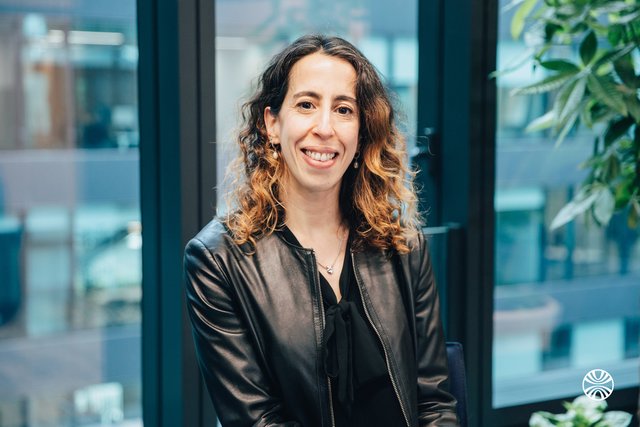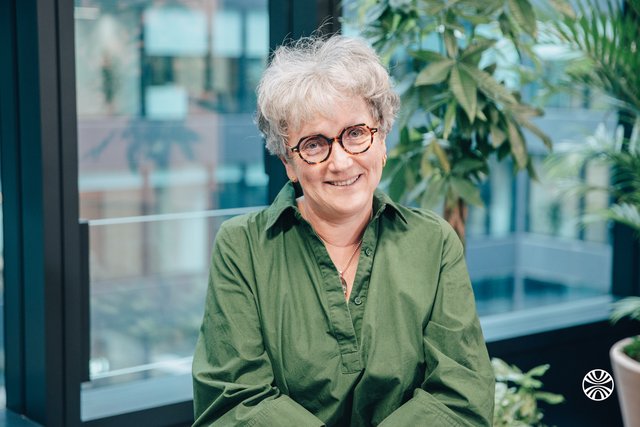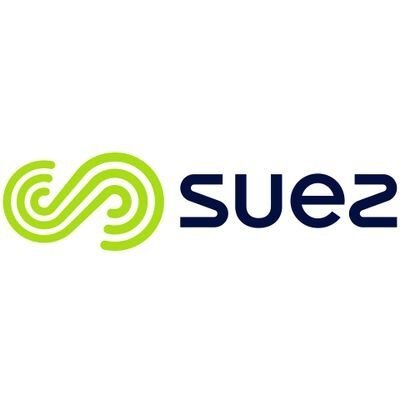Industrial Doctoral Certification” program
The position
Job description
With 44,000 employees across five continents, SUEZ is a global leader in smart and sustainable resource management. The Group provides water and waste management solutions that enable cities and industries to optimize their resource management and improve their environmental and economic performance. The Advanced Materials Lab (LMA) at the University of Alicante has more than 30 years expertise in the design, synthesis and characterization of porous materials (activated carbon, zeolites, silicas and metal-organic frameworks) for application in adsorption and (photo) catalysis. These include CH4 storage (dry and wet-basis), CO2 capture (dry and wet-basis), H2 storage (dry and wet-basis), VOC removal (adsorption and photodegradation), H2S removal, NH3 removal, etc. This research was leaded by the PhD director (Prof. SILVESTRE-ALBERO), and it is reflected in more than 200 publications in high-impact factor journals. The group lead by Silvestre-Albero is also involved in a number of national, regional and EU projects (e.g., CLEANWATER), some of them related with the topic of the actual proposal. He has also large expertise working with companies (e.g. TOTAL, ENI, ILUKA, etc.). Furthermore, the facilities of the LMA group are located near to the SUEZ Air & Climate Spain, with whom Prof. Silvestre has very fluent relationship. A new project in the field of photocatalysis will be an added value to the research group, since it will a llow to extend all the knowledge gained in the last few years to the industrial environment.
Context :
The water treatment sector is currently facing an environmental transition, driven by the urgent need to limit its greenhouse gas emissions. In developed countries, the water and wastewater sector typically accounts for about 3% of global greenhouse gas emissions, with two-thirds of these emissions associated with wastewater treatment activities.
265 times more potent than CO2 over a 100-year period, N2O is one of the most potent greenhouse gas produced by wastewater treatment plants. SUEZ estimates that N2O emissions represent 23% of the greenhouse gas emissions generated by its wastewater treatment activities, and that 22% of N2O emissions come from biological treatment. In total, the greenhouse gas footprint corresponding to the biological treatment of wastewater is estimated at 50 million tons eqCO2/year, which represents 1/1000th of worldwide greenhouse gas emissions.
Given this global footprint of water activities, SUEZ aims to help water utilities reduce greenhouse gas emissions through a 3-step process:
- Step 1: Measure N2O emissions
- Step 2: Reduce N2O emissions by optimizing the wastewater treatment process
- Step 3: Capture and treat the remaining N2O emissions by using a SUEZ product called ActiLayer. ActiLayer is composed of photocatalytic patches that provide this treatment capability.
This approach is focusing on the third step of treating. Despite several piloting approach, SUEZ wants to emphasis understanding of the processus to qualify the efficiency and upscaling the photocatalysis on the N2O removal for WWTP.
Research objective and subject:
The main goal of the PHOTOBAT project is the design of novel TiO2-based photocatalysts for the abatement of N2O in simulated industrial streams. To optimize the photocatalytic performance, perfectly designed TiO2 nanoparticles will be dispersed in high surface area carbon materials (e.g., carbon cloths, high conductivity graphene/graphite, etc.) with improved thermal and electrical conductivity. The synthesized photocatalysts will be characterized using a number of experimental techniques. The knowledge of the textural, chemical and morphological characteristics of the photocatalysts will be crucial to understand their photocatalytic performance in gas phase. Structure-photoactivity relationships will be crucial for the optimization of the final prototype. The most promising systems will be evaluated in breakthrough column tests using simulated N2O industrial streams. In a final step of the project, the best performing system will be scale-up at the SUEZ facilities in UK.
Preferred experience
Desired p rofile :
- Potential applicants should have knowledge and/or expertise in materials science, ideally metallic oxides, and photocatalysis. Previous experience using in situ characterization techniques would be highly valuated.
- Also desired: a strong background in sol-gel chemistry, porous materials, and photocatalysts.
- Additional requirements: Bachelor’s degree in Chemistry, or Chemical Engineering, and Master’s degree in Chemistry, Chemical Engineering, or Materials Science.
- Interest in fieldwork (handling measuring instruments, managing associated logistics).
- Autonomy, dynamism, curiosity, initiative, and interpersonal skills that facilitate teamwork, interaction,
Location: Alicante university, Carr. de San Vicente del Raspeig, s/n, Alicante, SPAIN.
Travels to France and UK to visit SUEZ team and facilities.
Duration: 3 years.
Date: The thesis will begin as soon as possible, depending on the time required for the candidate selection process and the validation.
Supervision and contacts for applications: T he thesis will be supervised by Prof. J. Silvestre-Albero, with technical support from the Advanced Materials Laboratory research team and engineers from SUEZ Air & Climate. Candidates should send their resume, a cover letter explaining their interest in the research project and how they fit the profile sought, and the names and contact details of two references who can be contacted by email to Prof. J. Silvestre-Albero (joaquin.silvestre@ua.es ) and Clement Romand (clement.romand@suez.com).
Want to know more?

Rencontrez Hasnâa, Responsable innovation

Rencontrez Valérie, Directrice de la performance


